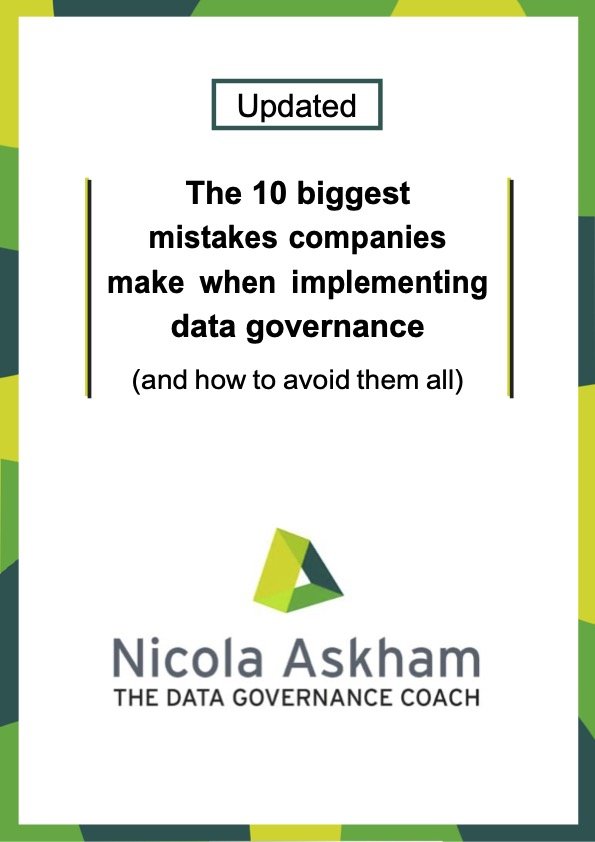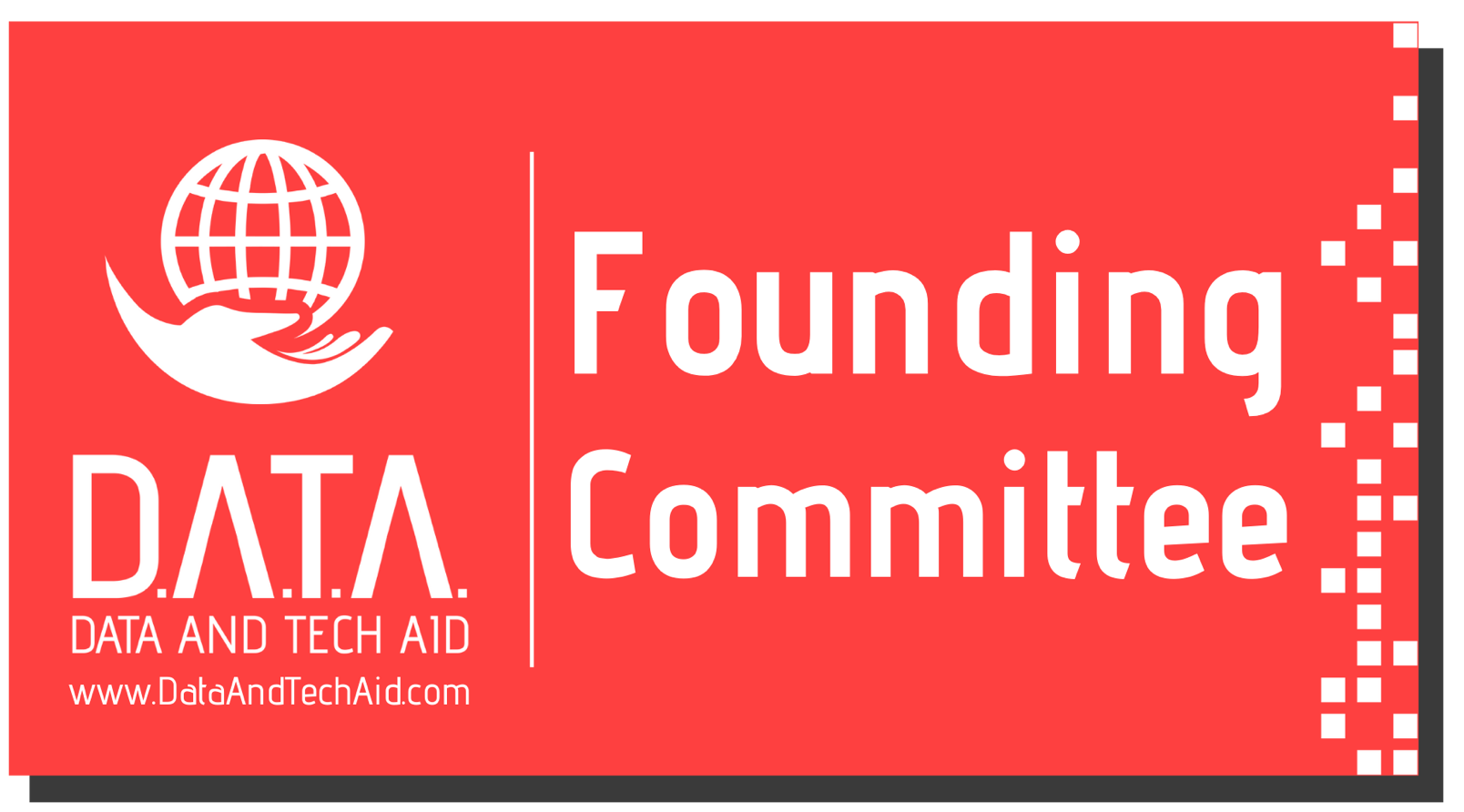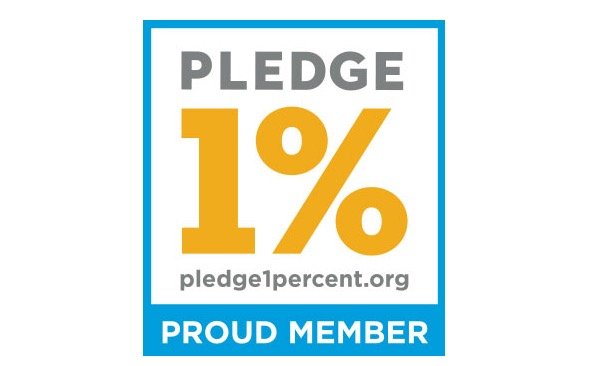The Ornithology Of Data Governance
/After an incredible (and frankly quite unbelievable) accident at home recently, I have found myself struggling to find firstly the time to write a blog and then more recently the inspiration. That is until a conversation with my sister piqued my interest. Being a civil engineer, when we discuss her work we rarely (unfortunately for me) stray into the realms of data governance, but she was telling me about an excellent blog published internally within her company, which has got them all talking about whether they are “blue tits” or “robins”.
The blog was based on an example from the natural world, here in the UK, on which you can find more details by googling; but the summary is as follows:
Two different species of British garden birds, blue tits and robins, learned to siphon up cream from milk bottles that had no tops on. Then, between the two world wars, we invented aluminium bottle tops.
By the early 1950's the entire blue tit population of the UK, about a million birds, had learned how to pierce the aluminium seals. Conversely, the robins, never regained access to the cream. Occasionally, an individual robin learnt how to pierce the seals of the milk bottle, but that knowledge was never passed on to the rest of the species.
The blue tits went through an extraordinarily successful learning process. The robins failed, even though individual robins had been as innovative as individual blue tits. The explanation can be found only in the way blue tits spread their skill from one individual to members of the species as a whole. In spring, blue tits live in couples until they have reared their young and then spend time in flocks, robins, by contrast, are territorial birds they communicate with each other in an antagonistic manner, with fixed boundaries that they do not cross.
Now I wouldn’t want you to think that I consider all aspects of my life in terms of data governance, but when listening to this tale, the analogy to what we are doing when implementing a data governance framework immediately became clear to me.
In my experience, it seems that even before a formal approach to managing data is mooted and then implemented, there will always be a handful of clear thinking “robins” in every company who have worked out that they need to worry about the quality of their data and they try to do something about it (usually tactically fixing the data). Unfortunately for them, for a whole myriad of reasons they rarely seem to share their insight and data quality initiatives are rarely more than localised solutions.
Now my role (and that of anyone tasked with a data governance initiative) is to bring new knowledge (often gained through experience) and a new approach to a company and affect a cultural change in respect of the way that they manage their data. In effect I’m a “blue tit” and my goal in life is to help everyone become data governance blue tits. But it is important to remember to include those robins who had been the data quality vanguard in the organisation and convert them into blue tits so that they join the flock!
So if you don’t want to end up lonely eating worms, join the flock that’s getting the cream!
My free report reveals why companies struggle to successfully implement data governance. Discover how to quickly get you data governance initiative on track by downloading this free report








